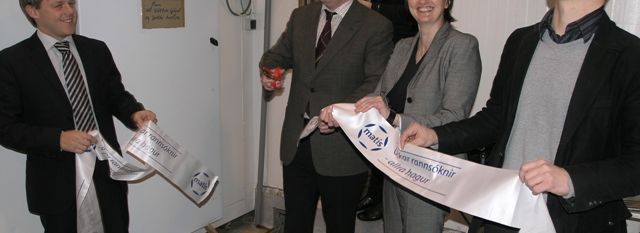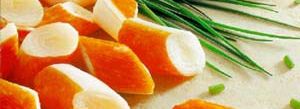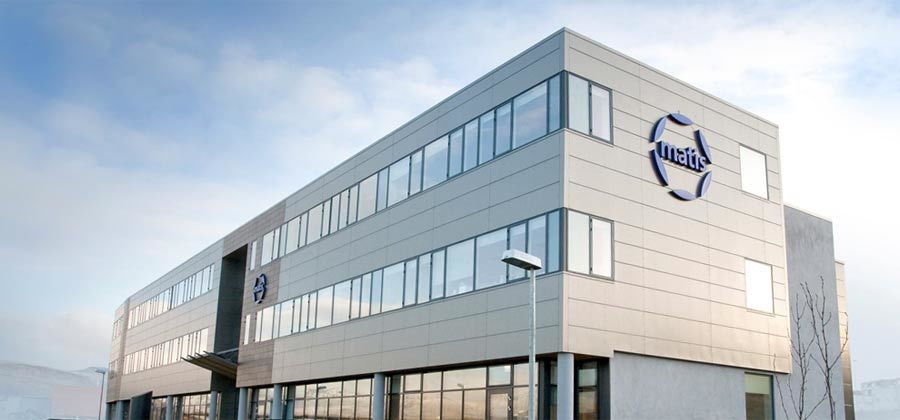In recent years, consumers' demand for food produced in an environmentally friendly way has increased significantly and foreign buyers of Icelandic fish therefore place great emphasis on quality and traceability in fish processing, as well as a positive image of healthy and unpolluted fish.
The aim of the project is to gather more detailed information than has previously been done on the properties of cod throughout the value chain or from the fishing grounds and in the stomach with precise traceability in mind.
Numerous measurements are made in the value chain of Icelandic seafood. Many of these measurements are carried out by public bodies for various purposes. This project is a collaboration between Matís, the Marine Research Institute, the Directorate of Fisheries, Guðmundur Runólfsson's fish processing plant and HB Grandi. With this collaboration, it is possible to achieve great efficiency by utilizing fishing, monitoring and research trips for sampling and measurement. Chemical and processing measurements are the responsibility of Matís.
The project is very diverse and is intended to answer the following questions:
- Is there a link between the body of cod and the fat content of the liver?
- Is there a link between liver fat content and liver index?
- Does the fat content of the liver affect the utilization of cod in processing?
- How does gender, age and puberty affect processing characteristics such as fillet utilization, emissions, etc. and how can such information be used in processing forecasts?
- Can cod be a source of substances that are lacking in the diet of Icelanders?
- Are the amounts of substances (nutrients and undesirable substances) different between fishing areas?
- Is there a seasonal difference in the amount of substances?
- Is there a difference between the amount of unwanted substances in processed fish and fish coming straight from the sea?
- What is the relationship between the amount of undesirable substances in cod and its age, sex and habitat?
During the first project year, cod was collected from seven fishing trips. Thirty cod were taken each time, followed up through processing and chemical measurements, detailed information about him was recorded at all stages such as location, size, age, weight of liver, utilization, snakes, etc. In addition, water resistance and water are measured in all samples and trace elements and PCBs in selected samples. In two fishing trips (Hafróröllur) a total of 400 liver samples were taken, in which fat and water have been measured, but this information should be used, among other things, to investigate the relationship between the body of cod and the fat content of the liver.
Sampling was successful, but it has proved necessary for professionals to take the samples and perform measurements on board and in processing in order to ensure the quality of the data processed and reduce uncertainty in measurements.
After the first year, it is premature to draw conclusions from the available results. Walking processing is not complete, but it is complex as a large number of variables come into play. It is important that a sufficient number of measurements are available before conclusions are drawn. It is interesting to note, however, that the results indicate that there may be a certain difference between the sexes when utilization, snakes and emissions are examined. For example, the females appear to contain more worms than the hens, but the hens have more release on average. It will be interesting to see if the data processing shows that this is true or not.
The project manager is Ásta M. Ásmundsdóttir, a chemist at Matís ohf in Akureyri.
See more at www.avs.is.







